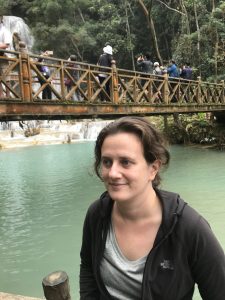First stop: Baja Sur, Mexico – part one
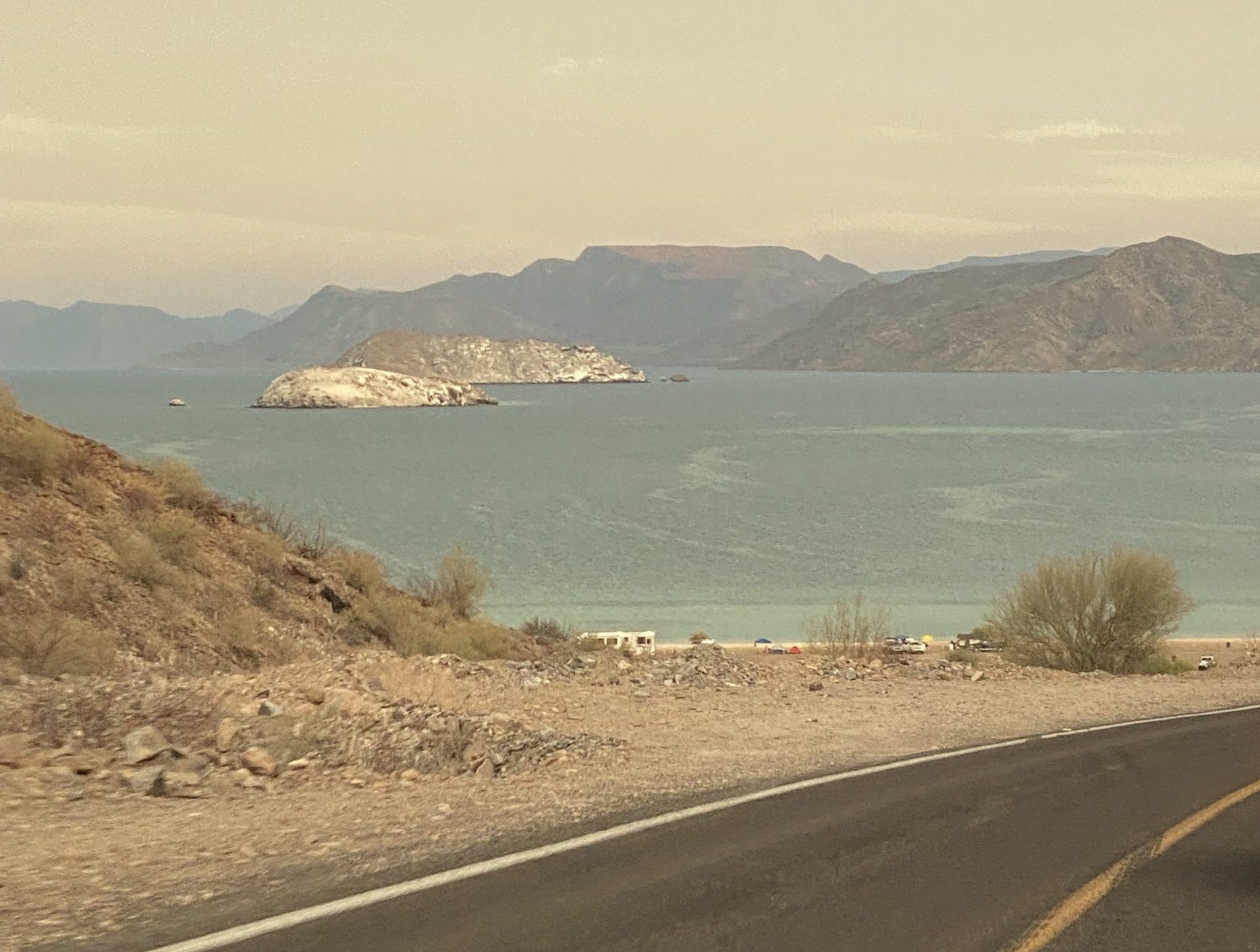
We drove down to Baja Sur, Mulege specifically, in three days. The drive itself, while long, was pretty uneventful which is what one typically hopes for in a long drive like that. Even crossing the US/Mexican border was pretty mundane and easy. Little did we know, the easiest part of our time in Mexico was behind us and we were in for a wild ride.
Our destination was my in-laws’ house which was vacant and we arrived there at about 9pm. The house is off-the-grid and powered by solar panels. It sits directly upon the Bay of Concepción and has quite the view.
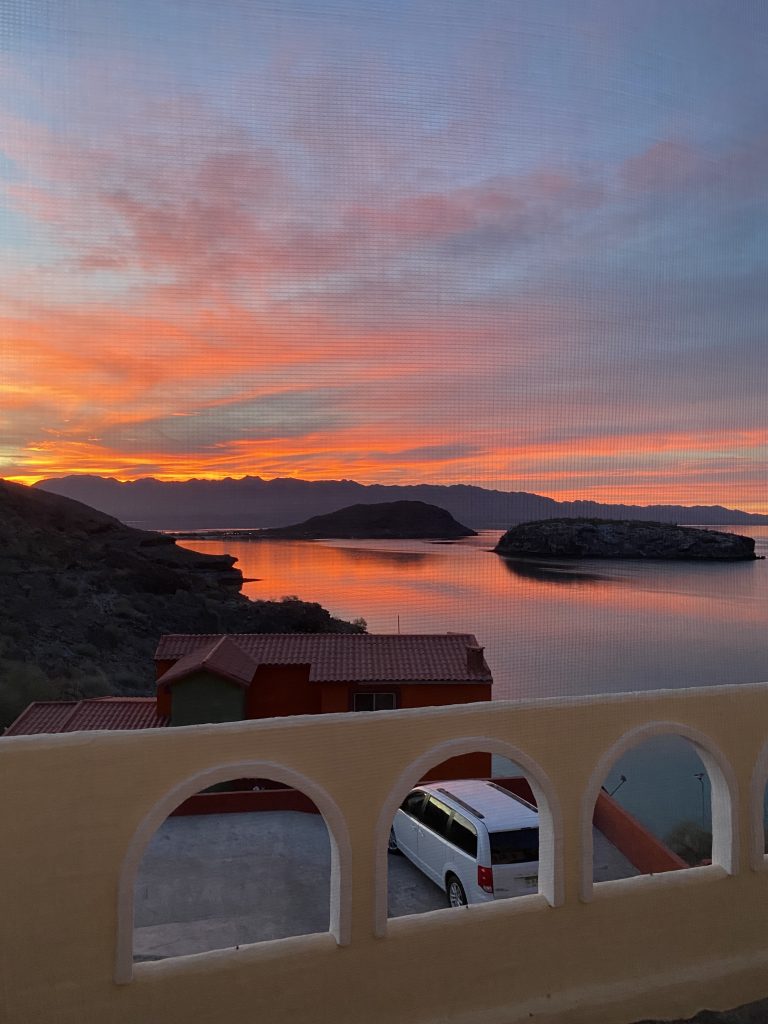
We were so relieved to have made it and been done with the 30+ hours of driving. We started moving our belongings in from the packed-to-the-brim car and casually flicked on the light switch as we went downstairs. To our surprise and disappointment, the lights did not magically turn on. We checked out the solar system and, as people who are unfamiliar with these systems, could not figure out what was broken. There was luckily a generator so we went to the local (20 minutes away) gas station and got fuel for power for the night. This at least allowed us to have lights and fans going as it was 90 degrees inside the house.
In the morning, my husband, Richard, found the local English-Mexican fellow, Alex, who was responsible for maintaining the system. Alex’s van was broken so Richard drove him and Alex requested a quick stop at the little tienda by his place to get some breakfast (ie 2 Tecates). Alex spent a few hours trying different things with the system and, to our dismay, he determined the control panel had failed and would need to be replaced. Richard drove Alex back to his home. Alex requested another stop at the tienda for lunch (ie 6 Tecates).
So, how does one get a major part for a solar system replaced in very remote Baja Mexico you might be asking yourself. Well, the company’s closest location is in Arizona and they will not ship to our area of Mexico — not to mention, the area is so remote that the house does not even have an address. After a week of back and forth between Alex and the company, it was determined that they would ship it to San Diego and Richard would drive up and get it.
The first week the weather was pretty manageable – highs were in the low 90s (about 33 degrees C). We had every fan in the house turned on and a whole system in place for reducing heat produced inside — we would make coffee and iced tea at night when it was coolest in the house, we only barbequed, drank a ridiculous amount of liquid. The manageable weather allowed us to focus on the next issue — fleas. The second morning I woke up with dozens of bites all over my legs. We quickly determined there were fleas in at least our bedroom. After three increasingly aggressive attacks against the fleas, we claimed our victory and were flea free.
With the flea situation resolved, we entered the second week with a hopeful attitude that quickly disappeared due to the weather. Climate change was taking its toll on this part of the world as well and this part of Baja had not seen rain in over 12 months. All of the plants around us were desperately in need of water and we started collecting our dishwater to try to revive the nearby fauna. And we suddenly found ourselves experiencing August weather in late May. By 11am it was triple digits and didn’t drop below that until 10 or 11pm at night. The house was constantly at 95 degrees and all four of us became pretty lethargic. We had even more motivation to get the solar system up and running and were annoyed / saddened / frustrated to find out that the part had not even been shipped yet.
Up until this point, we had been relying on a generator that powered most of the fans in the house. We figured out quickly how many lights we could have on at the same time as the fans without overloading the system. The generator would last about 10-12 hours with this set-up. We had taken to sleeping outside as the house had an uncanny ability to retain heat and by 10pm it was cooler outside than inside. Sleeping under the stars on hammocks was pretty spectacular but unfortunately did have some drawbacks — lots of mosquitos and a lack of comfort which we started to notice after a few nights.
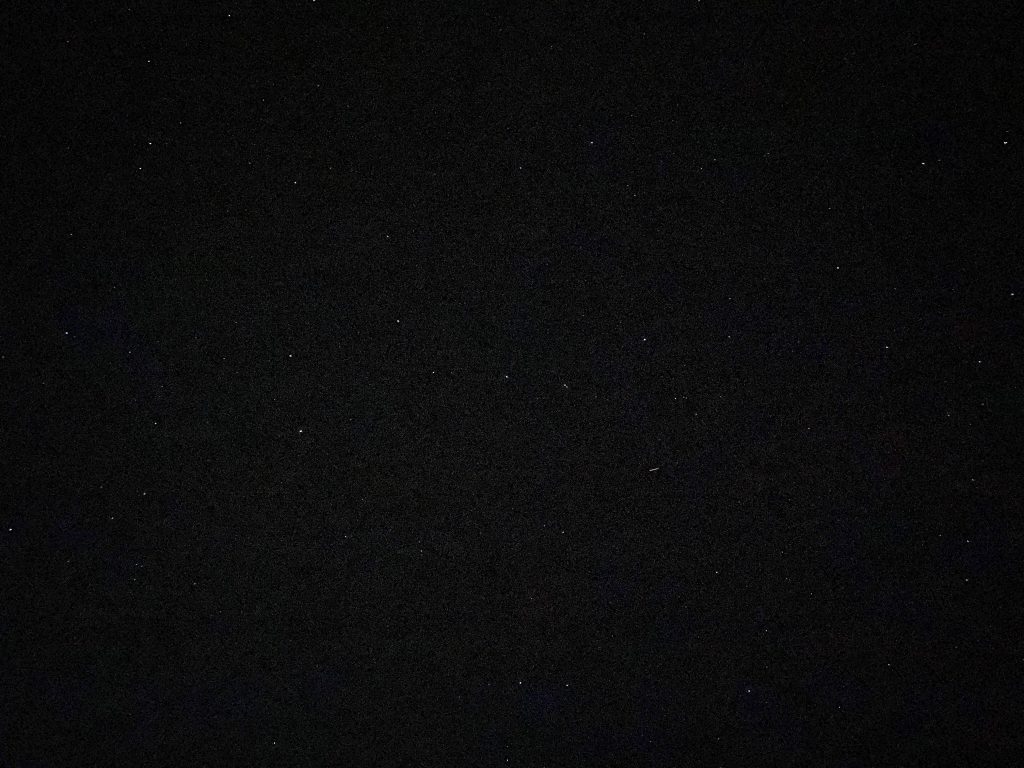
In the midst of this, we did manage to get out on an early morning for a hike. After climbing up a hill and descending into a valley, it felt like we entered Dr. Seuss land. This excursion helped reconnect with nature and the beautiful area we were inhabiting.
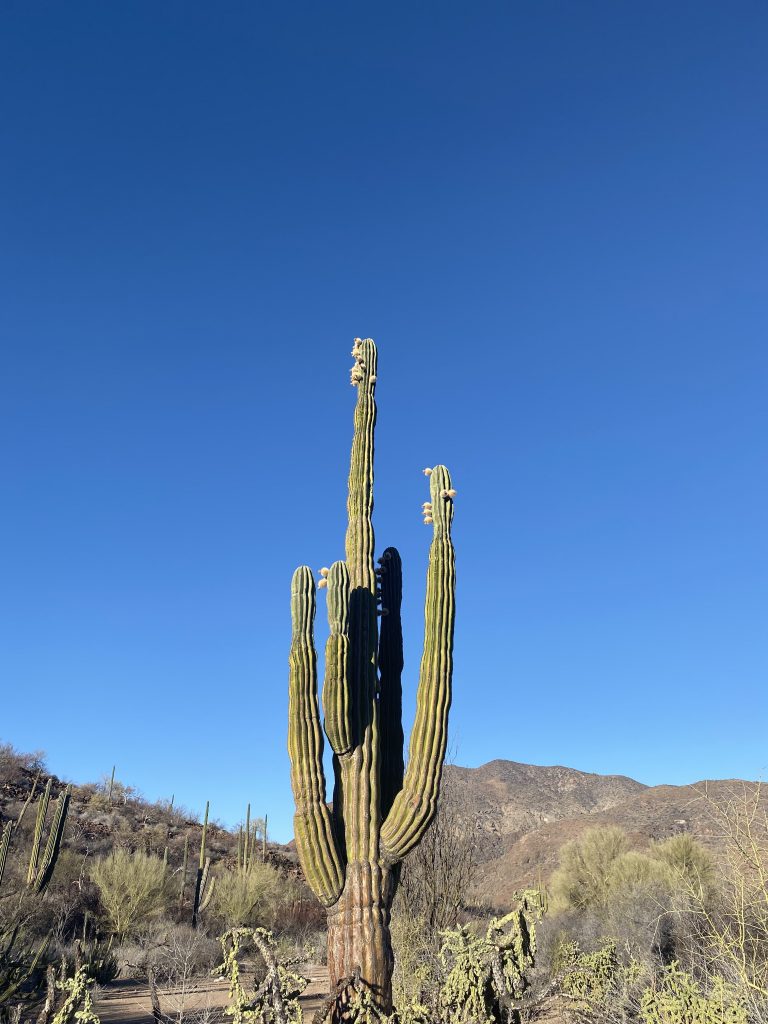
Once we hit 100 degree days we decided it was time to deploy the portable AC unit. We tried a few locations and found that keeping one room livable (the bedroom) was preferable to reducing the temperature in the main area by a couple of degrees. We could finally sleep with one issue — the generator ran out after about four hours due to the added strain on it. This meant one of us (to be honest, my husband) would have to get up, go to the garage (which was also the home to a family of black widow spiders, scorpions, and wasps), pour gasoline into the generator, and restart it.
While we were grateful to have some reprieve from the oppressive heat, as you might imagine, this routine got old after a week or so. I hit my breaking point in the middle of the night on a Sunday. The solar panel part still hadn’t been shipped and the heat and lack of sleep were really getting to us. At 4am, Richard and I sat on the deck in the dark eating chocolate cereal and talked about options. I pulled up Airbnb and found a place about 45 minutes north that had electricity, air conditioning, WiFi, and accepted pets. We decided we’d move over as soon as possible. To be continued in Part Two.

